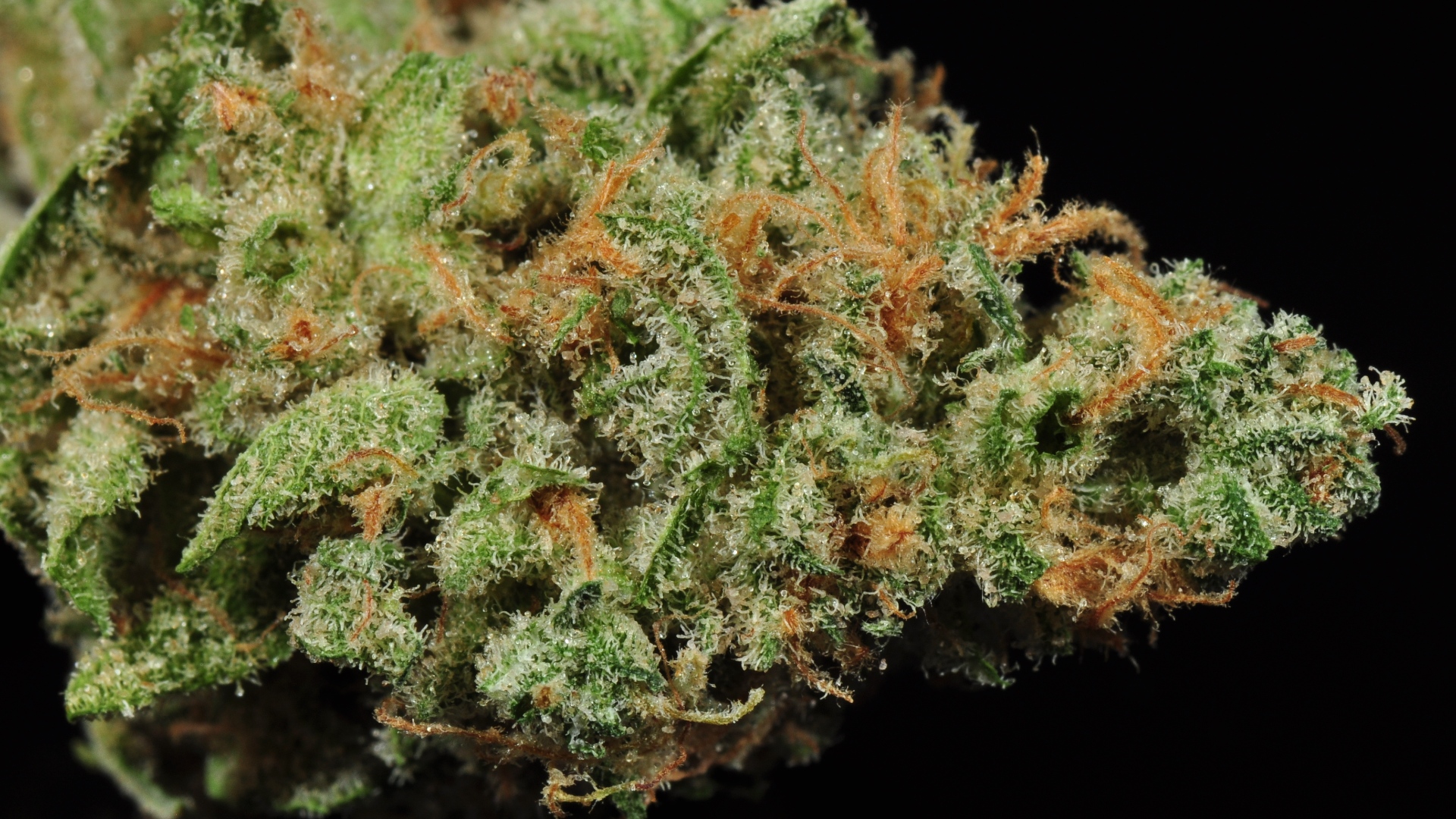When it comes to understanding the complex flavors and aromas of cannabis strains, the concept of terroir plays a crucial role. Terroir, a term traditionally associated with wine and other agricultural products, refers to the unique environmental conditions in which a crop is grown, including factors like soil, climate, and cultivation practices. In the world of cannabis, terroir helps explain why different strains from distinct geographic regions exhibit such diverse and nuanced flavor profiles.
Soil Composition and Nutrients
The composition of the soil in which cannabis is cultivated is a primary contributor to its flavor and aroma. Soils vary widely in their mineral content, organic matter, and microbial life. These factors influence the availability of essential nutrients and trace elements to the weed delivery ottawa cannabis plants.
For example, soil rich in organic matter may impart earthy and woody undertones to the cannabis strain. Conversely, soils with specific mineral compositions can influence the strain’s flavor, adding nuances such as citrus, berry, or herbal notes.
Microbial Terroir
Another essential aspect of terroir in cannabis is the microbial life within the soil. Soil is a complex ecosystem teeming with bacteria, fungi, and other microorganisms. These microorganisms interact with the plant’s root system, forming a symbiotic relationship that influences the plant’s health and development.
Microbial communities unique to a particular geographic region can have a profound impact on the terpenoid and cannabinoid profiles of the cannabis strain. These microorganisms play a role in nutrient cycling, disease resistance, and stress responses, all of which contribute to the plant’s final chemical composition.
Climate and Terroir
In addition to soil, the climate of a region also plays a significant role in shaping a strain’s terroir. Factors like temperature, humidity, and sunlight hours affect the plant’s growth and development. These environmental conditions influence the synthesis of secondary metabolites, such as terpenes and cannabinoids, which are responsible for the strain’s flavor and aroma.
For instance, a strain grown in a hot and dry climate might develop a more resinous and aromatic profile, whereas a strain cultivated in a cool and humid region might have a milder, fruitier flavor.
Cultivation Practices
While soil and climate contribute to the terroir of a cannabis strain, cultivation practices are also essential. Factors like organic vs. conventional farming methods, nutrient management, and irrigation techniques can influence the plant’s chemical composition and, consequently, its flavor.
Conclusion
The concept of terroir in cannabis demonstrates that the flavor and aroma of a strain are the product of a complex interplay between soil, climate, microorganisms, and cultivation practices. Just as with wine, appreciating the nuances of cannabis terroir adds depth and sophistication to the cannabis experience. It highlights the importance of sustainable farming practices, responsible cultivation, and the preservation of regional cannabis traditions to ensure the continued diversity and quality of cannabis strains. Whether you’re a cannabis connoisseur or a casual user, understanding terroir can deepen your appreciation for the rich tapestry of flavors and aromas found in different cannabis strains.



